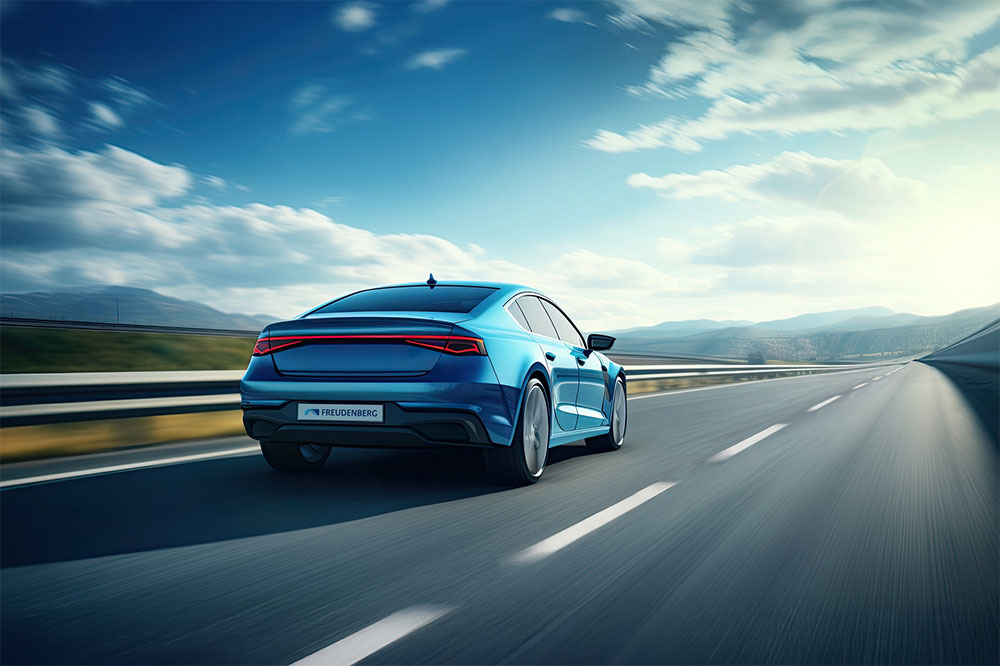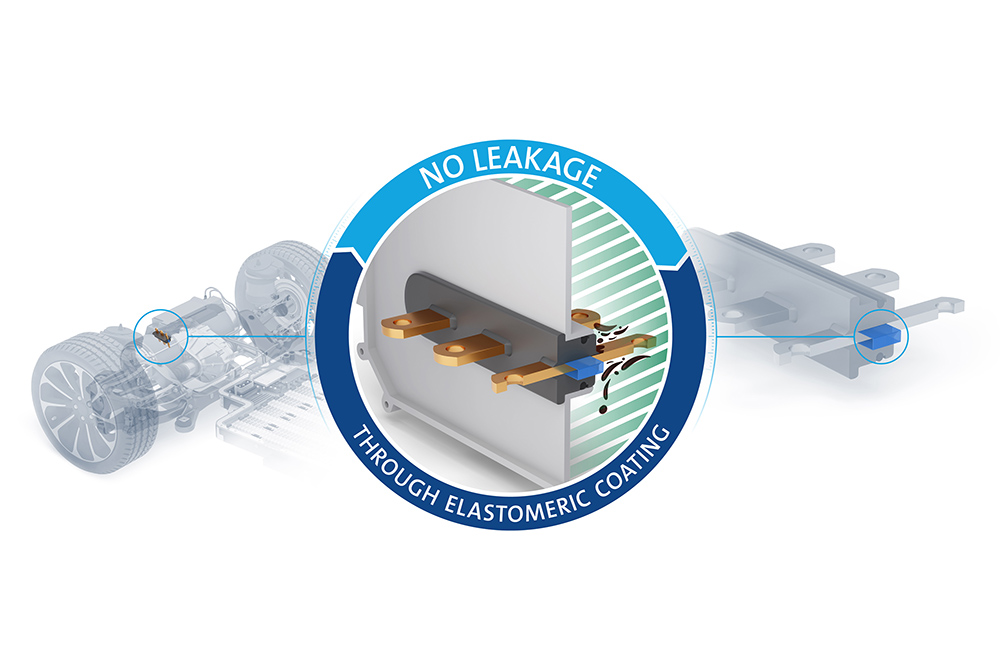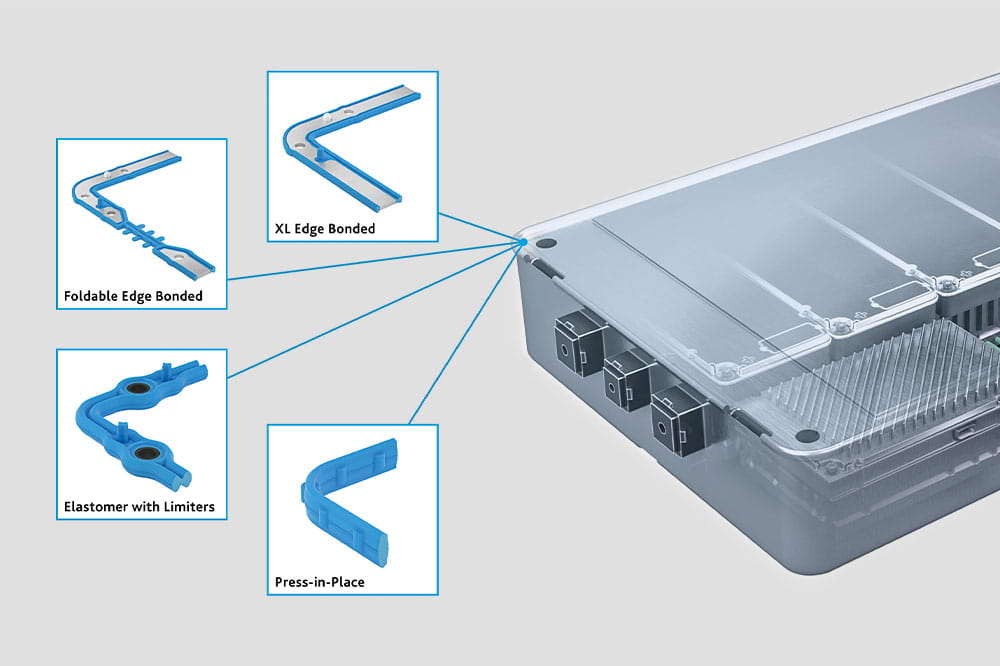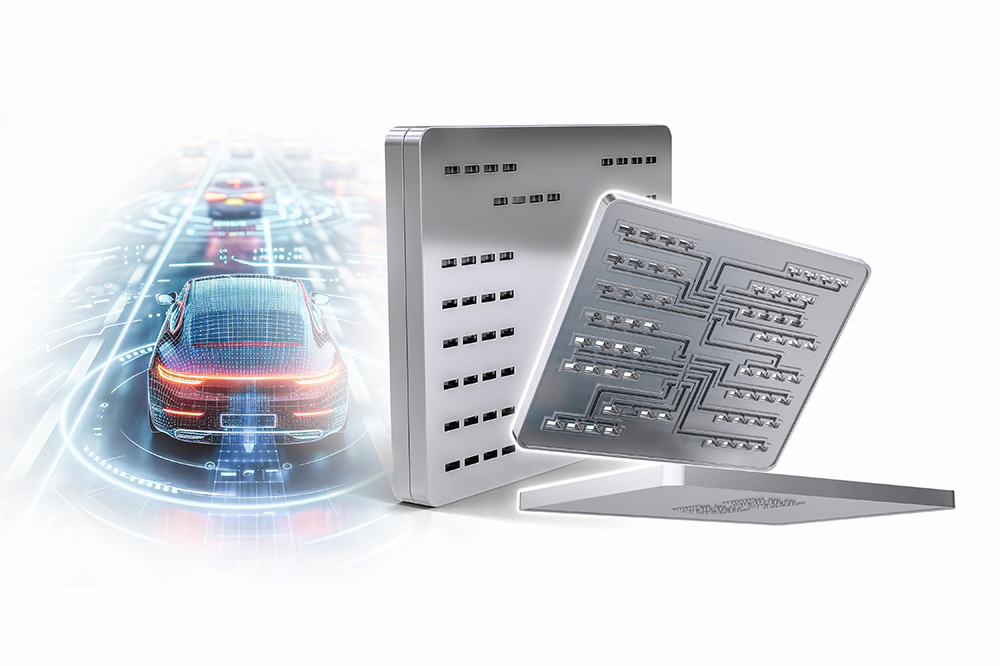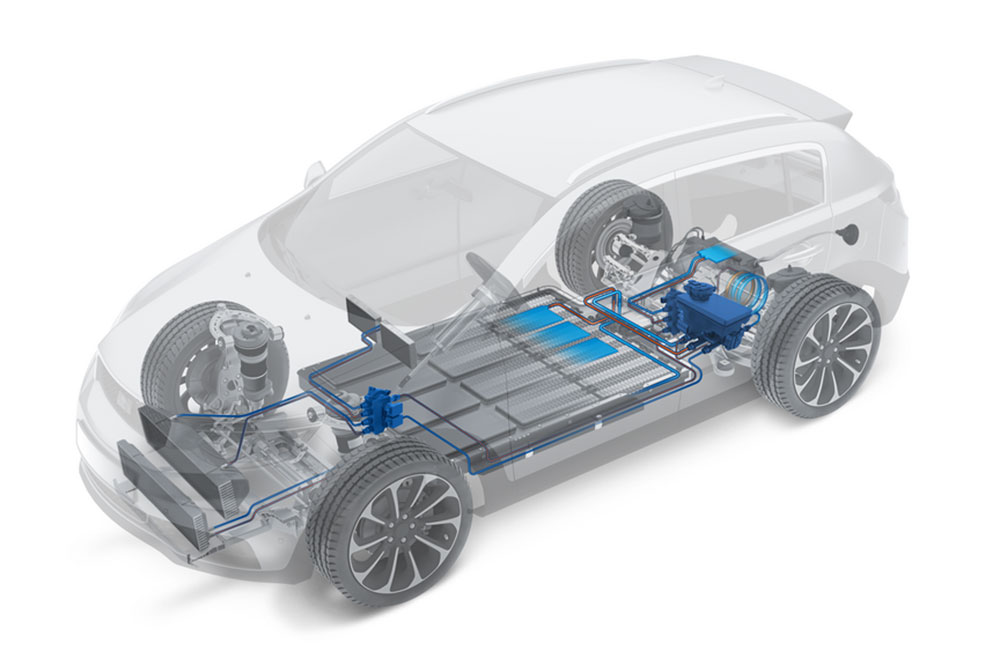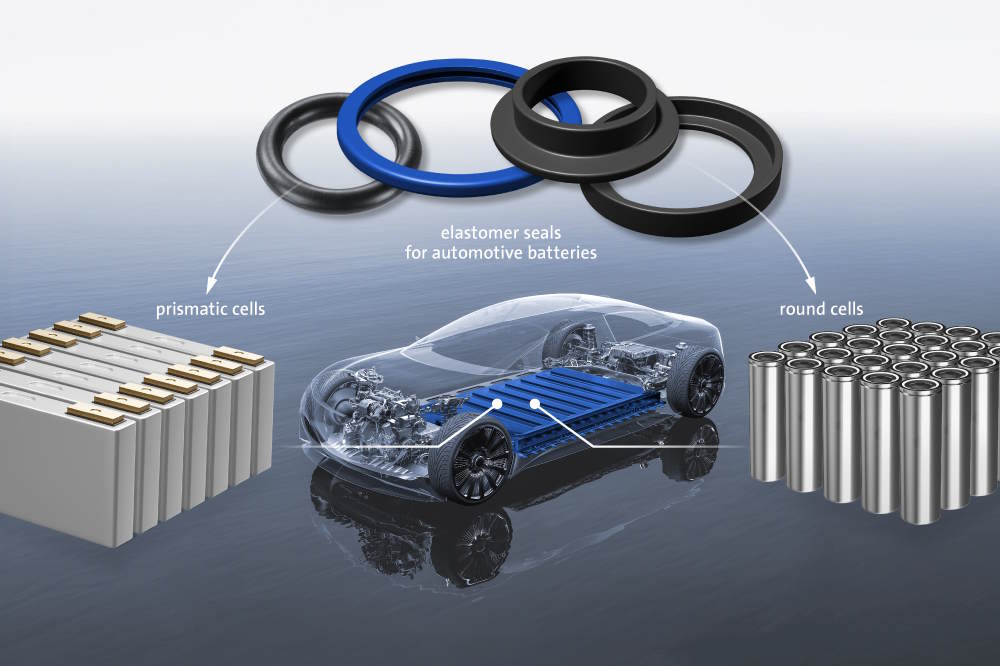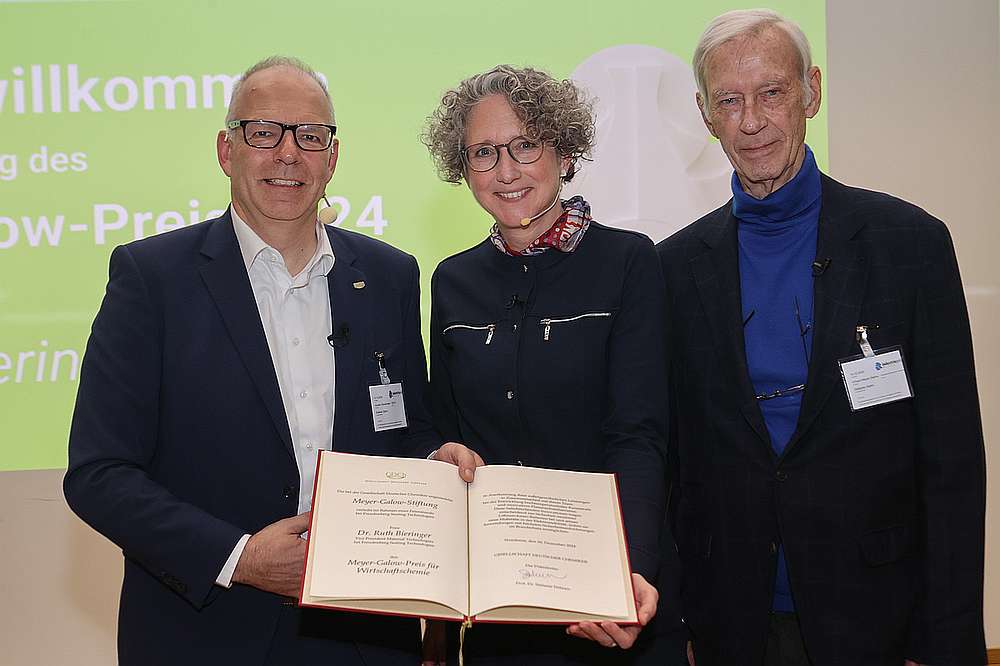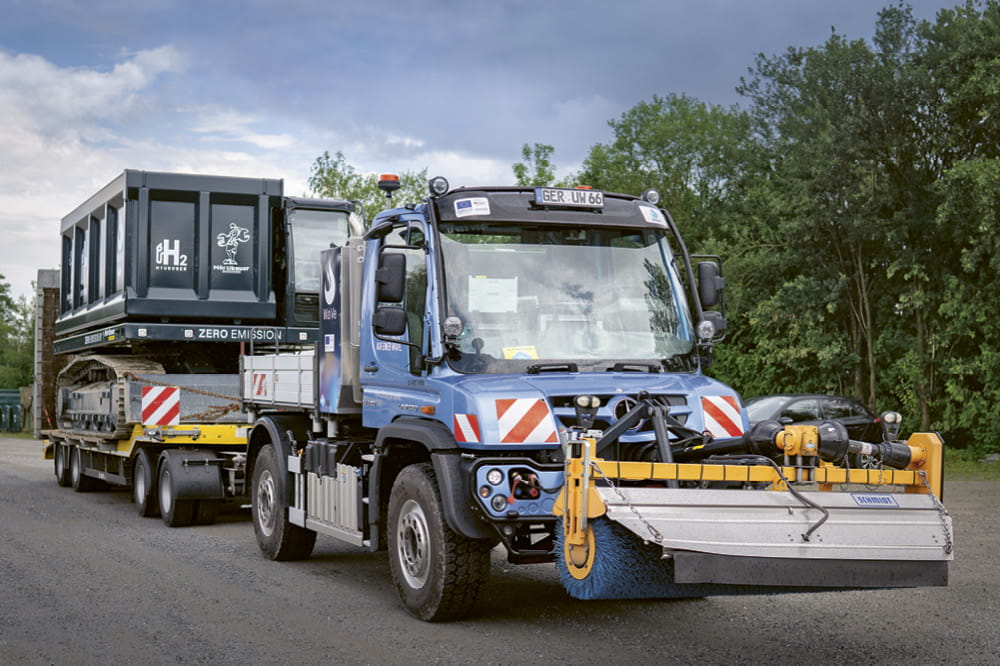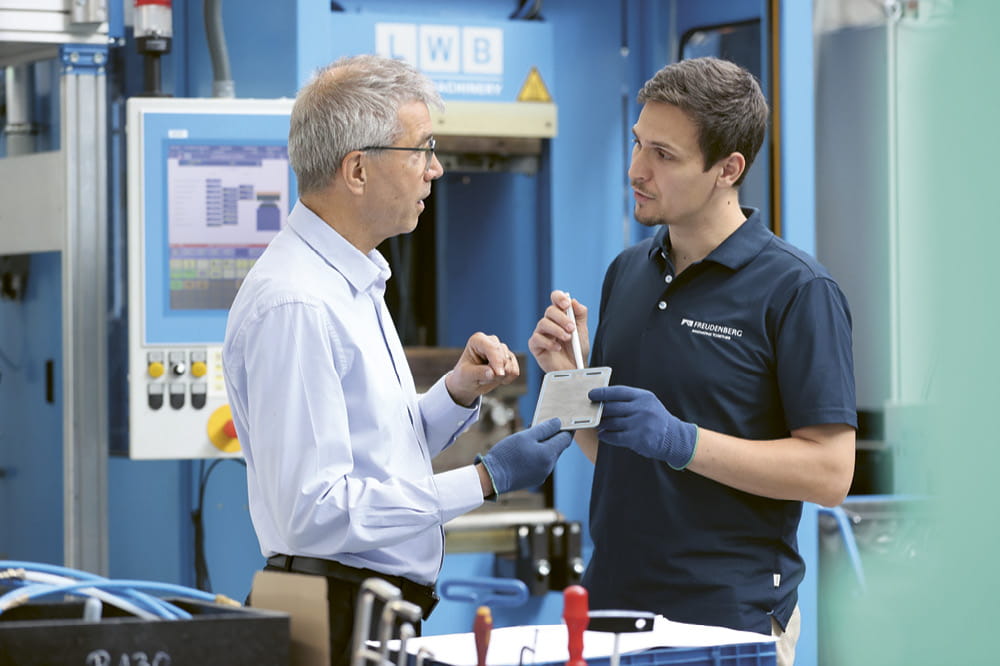Obtain news and background information about sealing technology, get in touch with innovative products – subscribe to the free e-mail newsletter.

28.04.2020 | Story
Street Lamps 2.0
When you drive through residential areas in major cities at night, you see one car after another parked along the sides of their streets. Residents with electric cars but no personal parking space have to carefully consider where they can charge their vehicles. London is taking a clever approach to the problem.
Many owners of electric cars charge their cars overnight in their own garages or in a parking space in front of their homes. But that’s not an option for many drivers, especially in cities. That reality may turn out to be an obstacle to electric mobility – in large metropolitan areas, of all places, that are already experiencing extreme air pollution. Smart new strategies are needed before city-dwellers can be expected to switch over to electric cars.
Better Air Quality
The city of London is attracting attention in this area. Mayor Sadiq Khan would like to noticeably improve air quality in the British metropolis with the “Let London Breathe” campaign. The goal is to accelerate a shift to local public transportation and promote greater bicycle use. Electric mobility is part of the equation, too. About 300 street lamps in the center of London are now getting a new function: charging up electric cars. The Westminster City Council is leading the clever initiative, which is feasible with existing infrastructure. To carry out the project, the council has partnered with Siemens and the Berlin startup Ubitricity. The latter has already provided the first dual-purpose street lamps in its hometown.
One Street Now Totally Outfitted
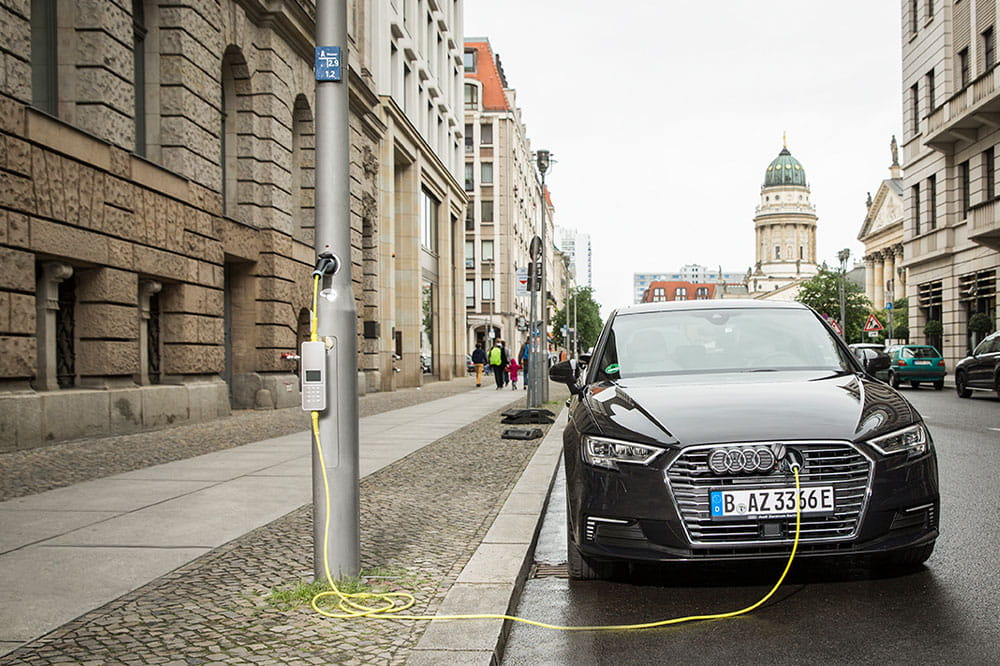
London now has the first street in the United Kingdom whose lampposts are fully available as charging stations. Today 24 street lamps along the roughly one-kilometer-long Sutherland Avenue in the heart of London don’t merely illuminate – they create an “Electric Avenue.” Two nearby streets are expected to follow suit in coming weeks. This is opening up totally new options for Londoners who lack their own charging connections, especially since the lamppost program is due to be expanded systematically. Within the next year Westminster City Council wants to have converted more than 1,000 street lamps. The approach has struck a chord: A Siemens study found that two out of every five Britons shy away from buying a hybrid or electric car because of the poor availability of charging.
Plenty of Current and Easy Payment
The conversion in London is taking place without a visible change in the street lamps themselves. Just a small blue light and an inconspicuous black outlet reveal them to be charging stations. The connection is made right in the post, without an additional structure. If you decide to charge your car at a street lamp overnight (the period when the current has mostly been drawn so far), you should be able to drive 200 to 300 kilometers (124 to 186 miles). That’s plenty for trips around a city. To keep this kind of program from foundering on payment problems, customer-friendly, uncomplicated approaches to pay for charges are discussed. One option might be an e-charge card function inside the car. Software installed in a car authenticates the vehicle at the charging station, records the electric-current draw and the final price, and activates the payment process directly. London is heading down another path: The car owner scans a QR code on the lamppost, activating a previously established e-charge account — or he inputs the payment data into a mobile site that opens up. The e-charging then occurs at a fixed price. If the driver uses Ubitricity’s SmartCable, the e-charging process is launched without any further steps. The billing is monthly. London is emerging as a pioneer thanks to the expansion of its electric-charging infrastructure. Siemens and Ubitricity have now converted about 1,300 lampposts across London. In the truest sense of the word, they are beacons to many electric-car owners.
Our current focus is on the powertrains that had to wait decades for their breakthrough. Now their time has come. Alternative propulsion systems such as electric motors and fuel cells, along with internal combustion engines, will be part of the powertrain mix of the future.
Read more on the topic “At Long Last! Alternative Powertrains” in our magazine ESSENTIAL. The edition appears in May.
More news on the subject Automotive & Transportation

Join Us!
Experience Freudenberg Sealing Technologies, its products and service offerings in text and videos, network with colleagues and stakeholders, and make valuable business contacts.
Connect on LinkedIn! open_in_new